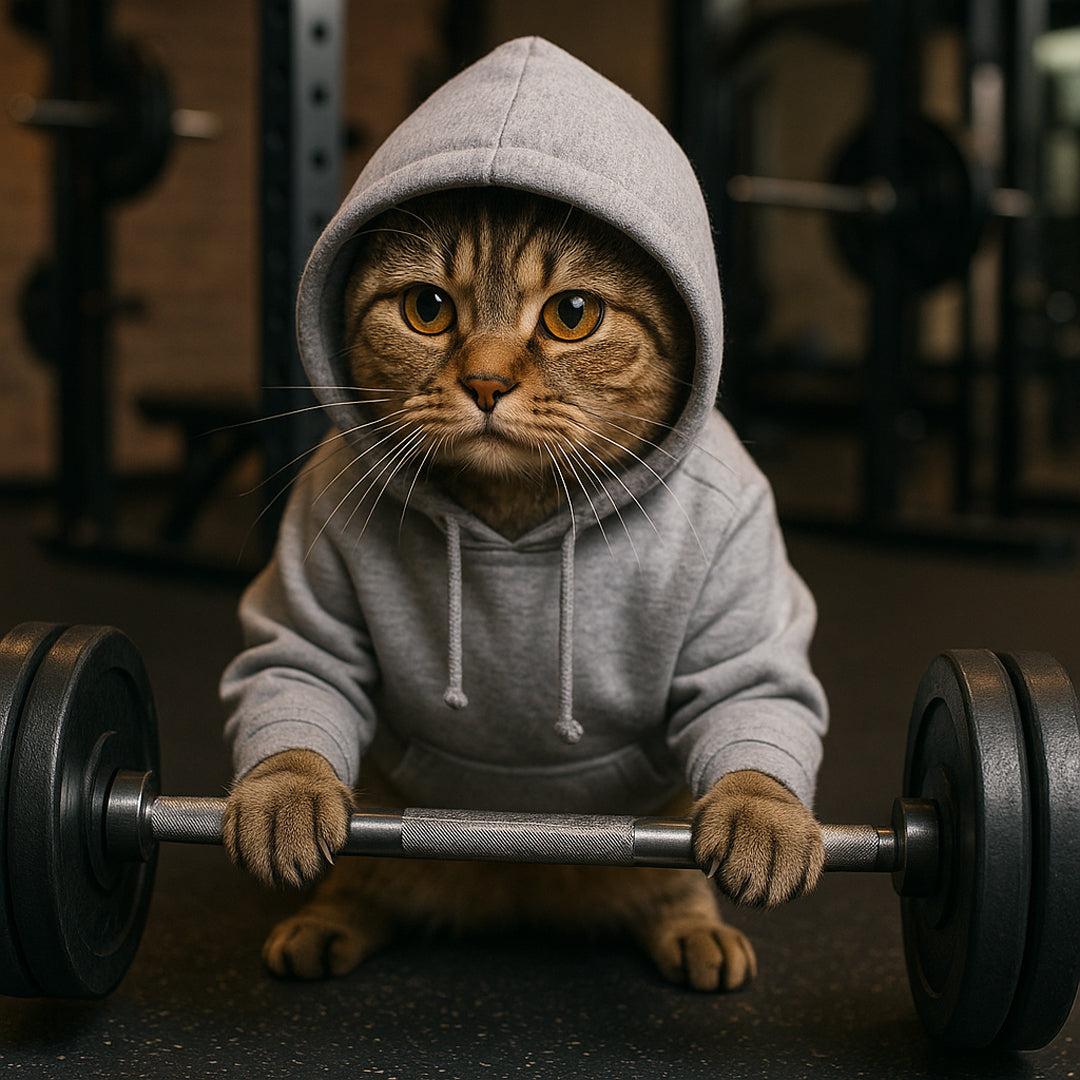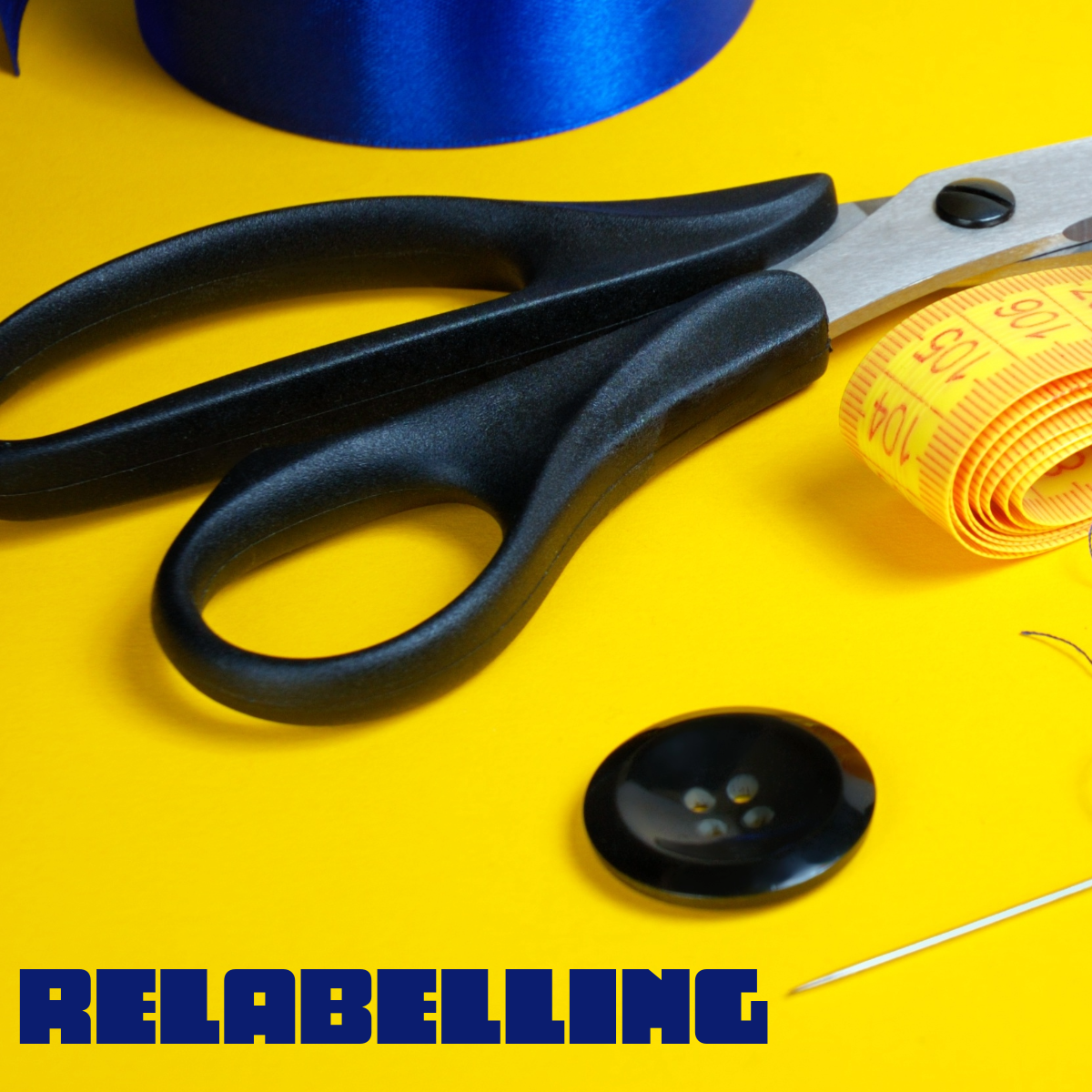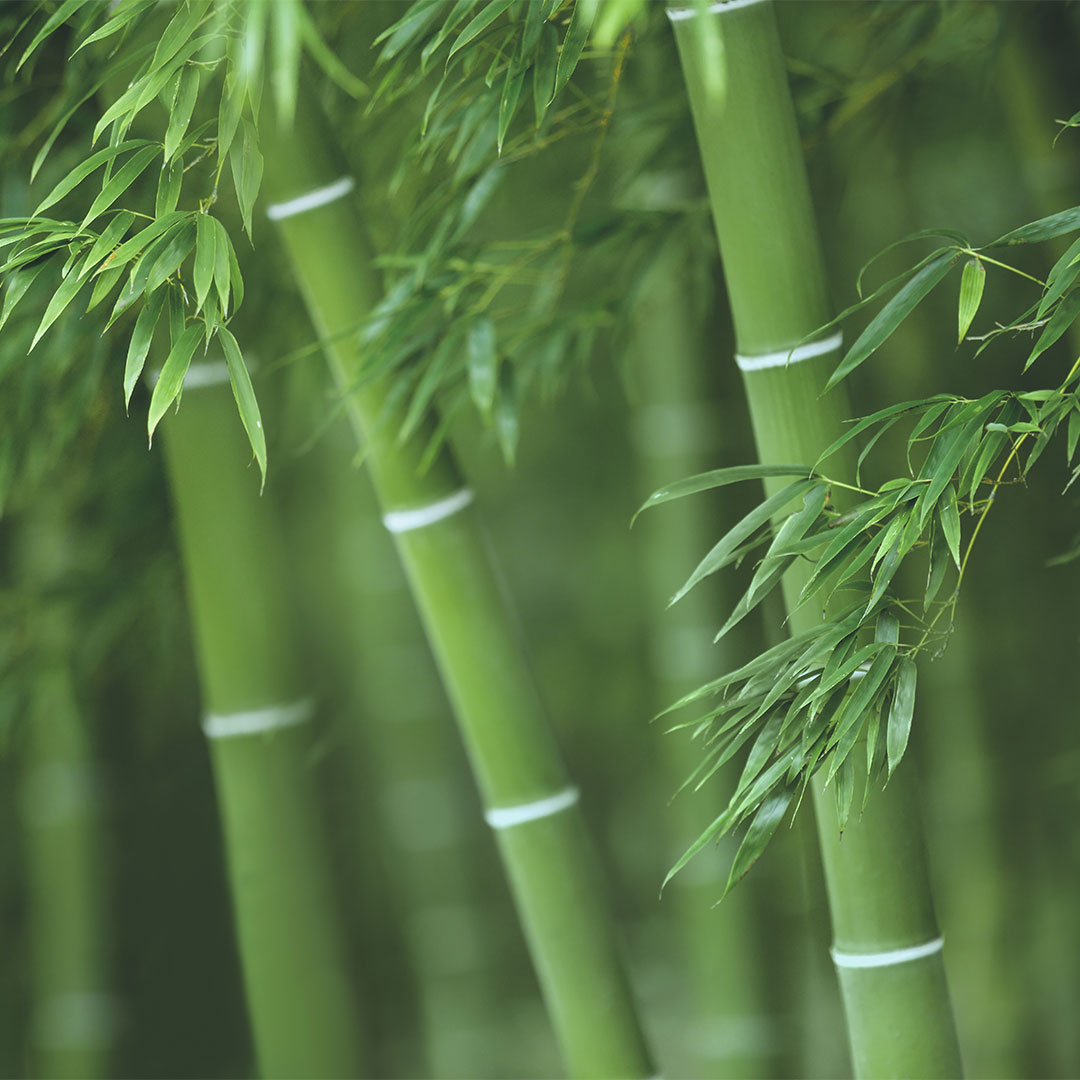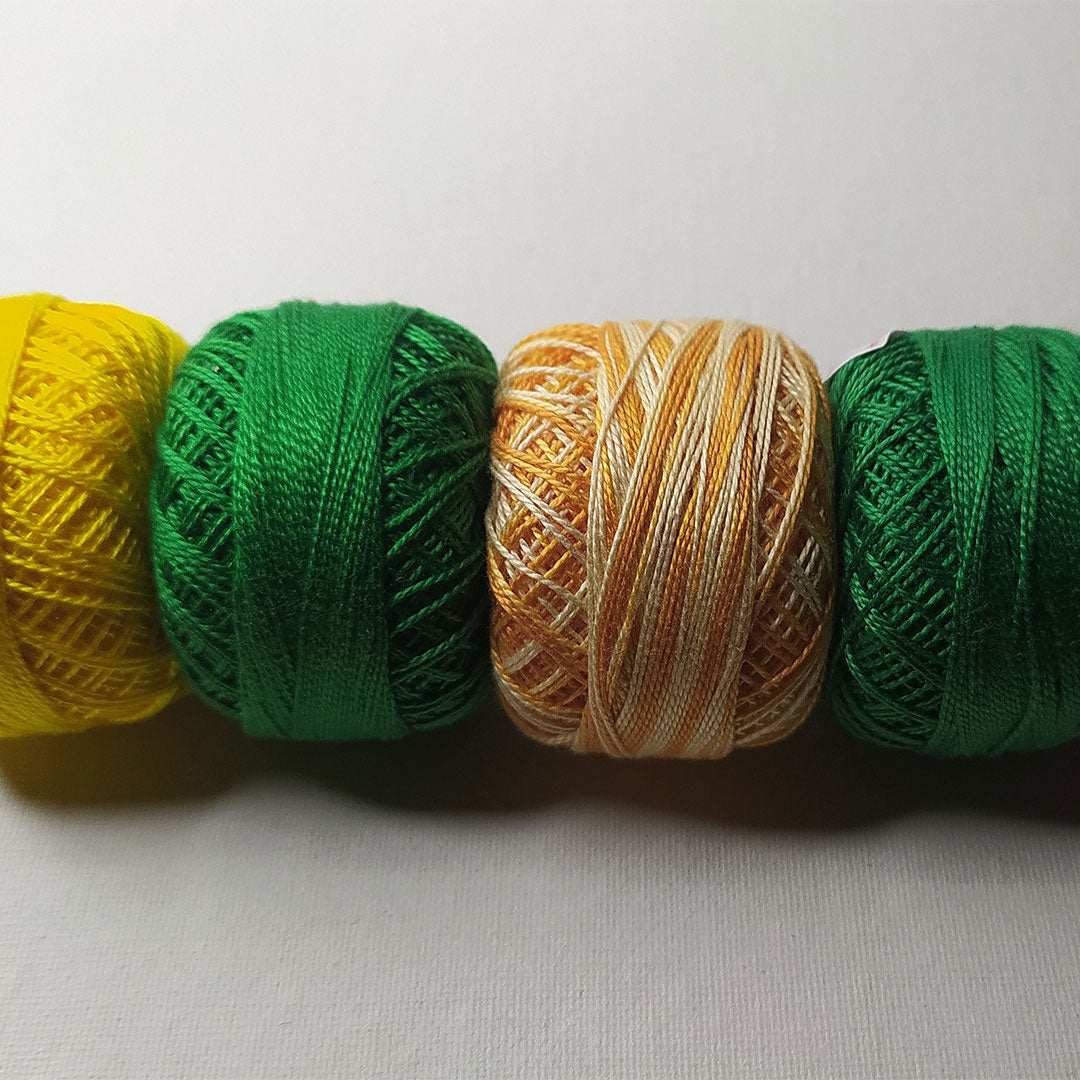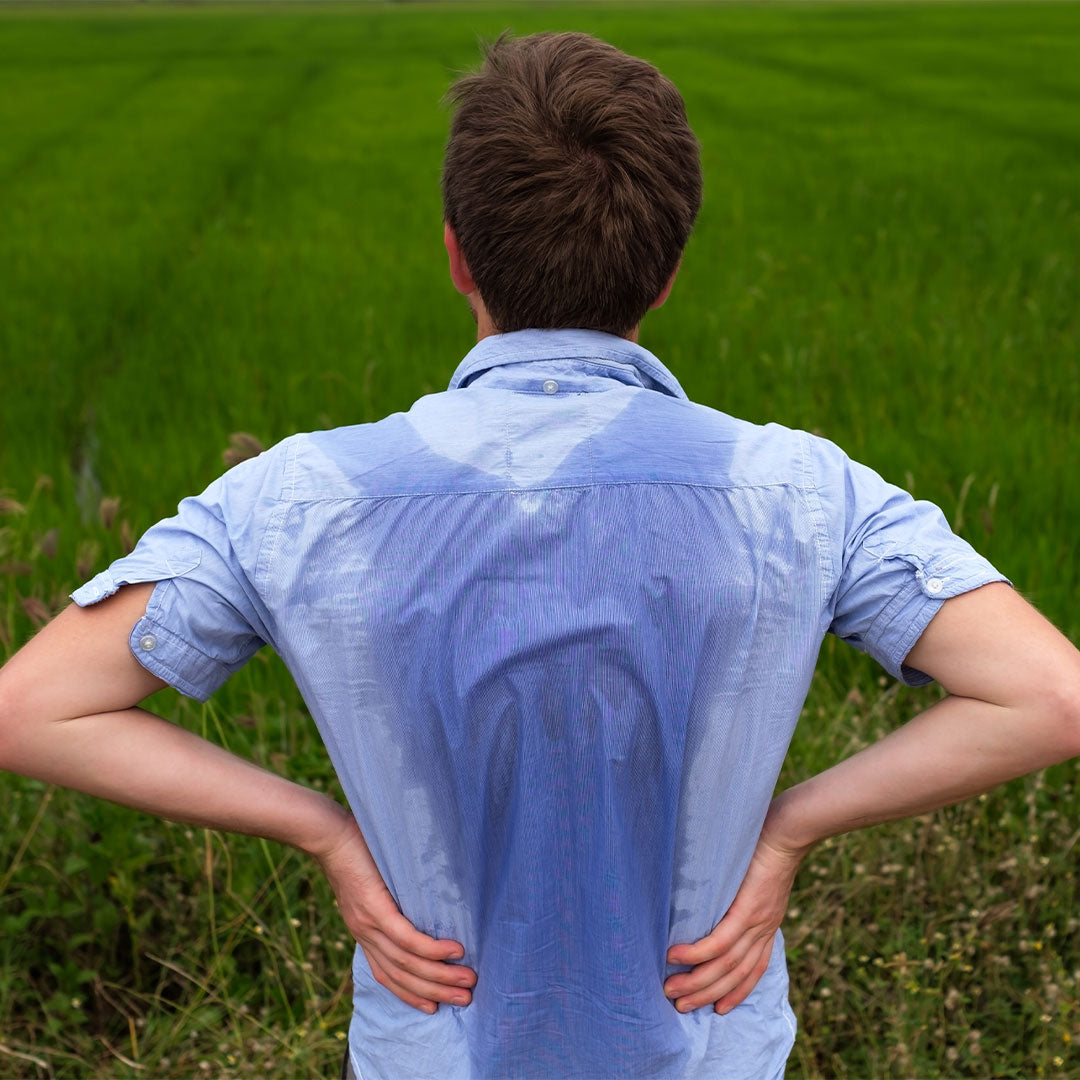
What Makes a Fabric Breathable?
So, you've read about Breathability Ratings & are ready to take the next step in finding a perfectly breathable garment - but you're looking for a polo, not a jacket, & you can't find one with a rating! What gives?
Breathability Ratings are most commonly used on outerwear - jackets, vests & the like - so you've got to look a little closer at other types of clothing to work out which is going to suit you best.

Weave | a looser weave will generally allow more air to pass through the fabric, while a tighter weave will prevent air movement. Hold the garment up to the light - you'll be able to see how tight or loose the weave is (super scientific, we know 🤪).
Weight | lightweight fabrics (up to 120gsm) are generally more breathable as they're less dense.
Wicking | moisture-wicking fabrics will make the fabric feel more breathable, as they draw moisture away from skin & allow it to evaporate. Surprisingly, these are mostly polyester - which doesn't absorb moisture well. This allows water vapour to pass straight through the fabric. Cotton, on the other hand - along with other plant fibres - absorb water & sweat but don't dry particularly quickly if you're continuing to exert yourself. However, if you're working up more sweat than polyester can vent, you'll likely feel pretty clammy under that polo.
Wear | in order for moisture-wicking fabrics to work properly, they need to be worn right against the skin. Look for a tighter fitted garment (think: activewear). For breathability in everyday, low-exertion situations, loose garments are probably a better choice.
Where | are there fabric panels especially designed to help with breathability? Look for garments with side or back mesh panels for added air flow. Consider, too, where you'll be wearing the garment - loose fitting, quick-dry garments are best for humid conditions, while fitted moisture-wicking garments are great for dry conditions (low humidity means sweat & moisture will evaporate faster!).
What - finally, consider what the garment is made of - we've touched on this above, but here's a quick reference guide for common fabrics:
Cotton & Linen: naturally breathable ✅ | no moisture-wicking ❌ | not quick-drying ❌
Bamboo: naturally breathable ✅ | moisture-wicking ✅ | not quick-drying ❌
Polyester: breathable depending on weave ✅/❌ | moisture-wicking ✅ | quick-drying ✅
Rayon: breathable ✅ | no moisture-wicking ❌ | quick-drying ✅
Merino Wool: naturally very breathable ✅ | moisture-wicking ✅ | quick-drying✅
Easy Explainers | Load Up On Learnings
- Choosing a selection results in a full page refresh.
Footer menu
House of Uniforms
Office & Showroom: (appointments essential)
4 Walter Street, Moorabbin 3189, Victoria, Australia
T: 03 95557797
E: info@houseofuniforms.com.au
Please contact us to make an appointment.
Want Deals & FREE Stuff?
Deals & Freebies
are for our amazing subscribers only.
_____________________________
Sorry there's NO Auto :
- free shipping coupons,
- 10% intro vouchers
- Or any other generic offers
Why Subscribe? Well, we love spoiling our subscribers, we're known to be very generous. So go ahead hit subscribe; You'll love being part of our exclusive group.
Don't want to Subscribe? That's totally fine. You can still shop with us, you just won't receive any special offers, deals or freebies.
Bulk Discounts are for everyone (subscribed or not).
© 2025, House of Uniforms Powered by Shopify
!


